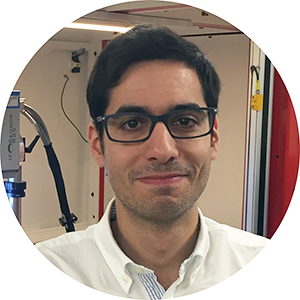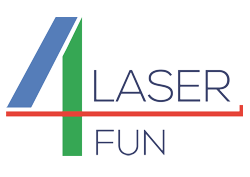On 28th February 2020, our Early Stage Researcher Antonio García Girón, from the Laser4Fun project, successfully defended his thesis for the degree of Doctor of Philosophy. 
The work titled “Laser-based surface functionalisation: advances in durability and 3D processing” was carried out in the University of Birmingham under the supervision of Professor Stefan Dimov, studying some limitations of the laser surface functionalisation. The examination board was composed by Dr. C. Kong, Dr. S. Bigot and Dr. N. Gao, and the viva took place at the University of Birmingham in the morning on 28th February 2020.
Summary of Antonio’s research
Surface functionalization is gaining interests for industry and research due to the new attractive properties that can be “imprinted” on metal components, e.g. bacteria repellence or hydrophobicity among others. Considering the available alternative technologies to achieve such functional responses, direct laser writing is gaining a popularity due to its cost-effectiveness, selectivity and relatively short processing time. It allows surface properties to be modified or tuned by patterning and texturing at micron or submicron scales. However, laser surface functionalization has some limitations, too, such as the durability of the produced topographies and hence of their functionality, and also capabilities to apply it on free-form surfaces. In this context, the focus of the research presented in this thesis is on addressing these open issues. In particular, a combination of plasma surface alloying and laser patterning is proposed in order to increase hardness of produced functional surfaces, and thus to increase their wear resistance and durability. Also, a method to study the effects of the process disturbances in patterning 3D surfaces is proposed, especially on resulting topographies and their functional responses. All together, the research advances the knowledge in laser surface patterning and addresses key constraints for the broader use of this technology by industry.
